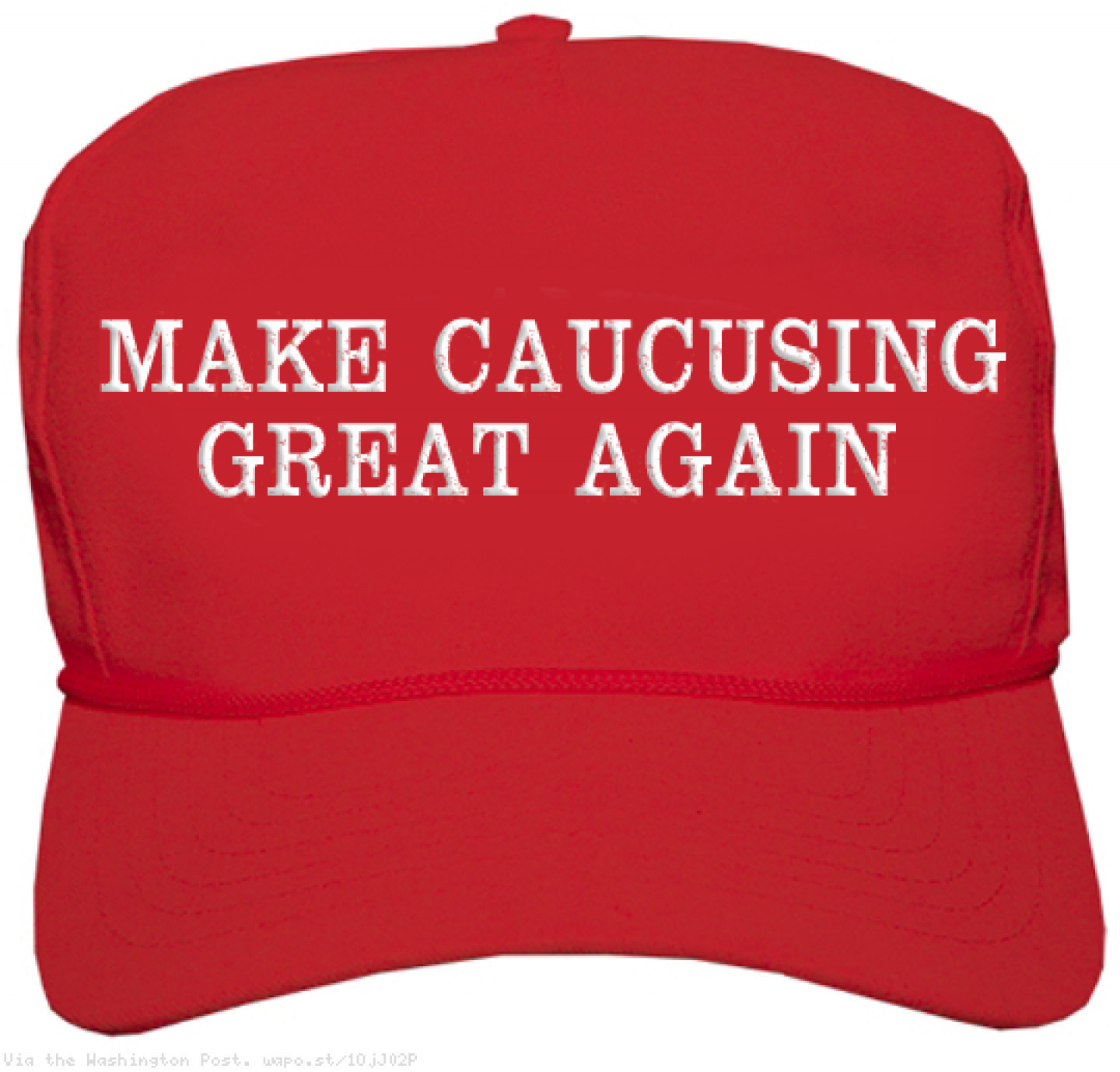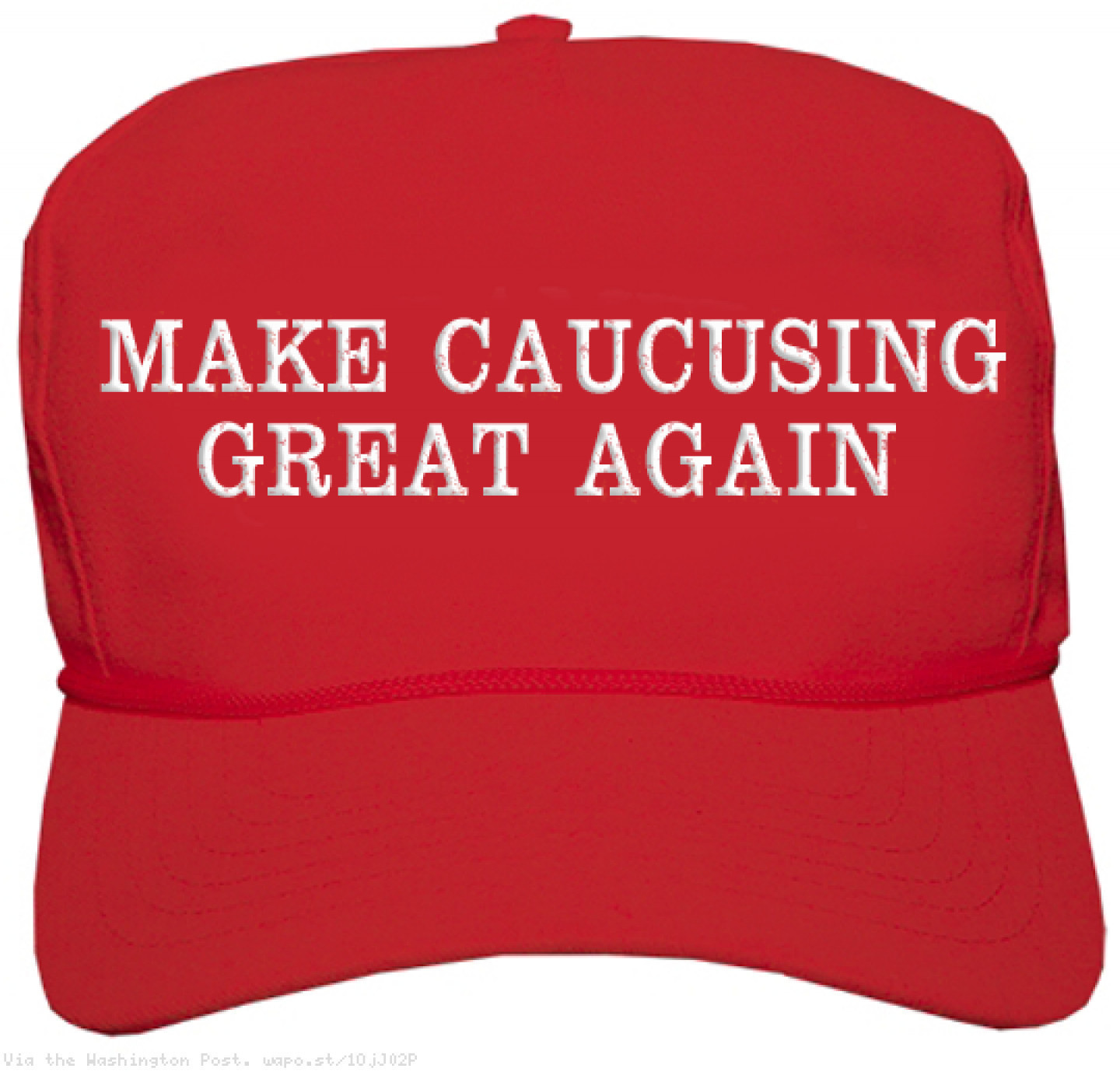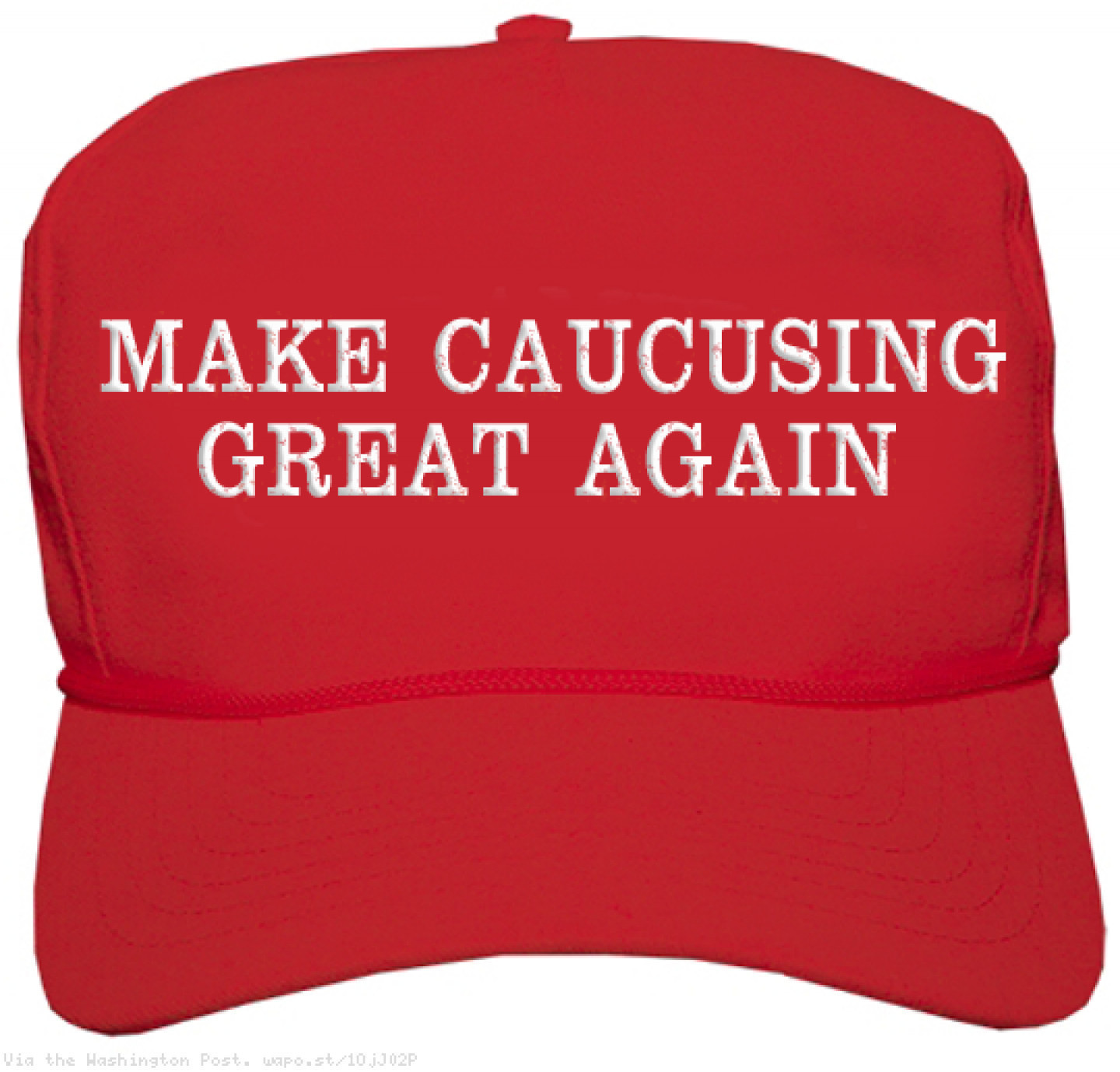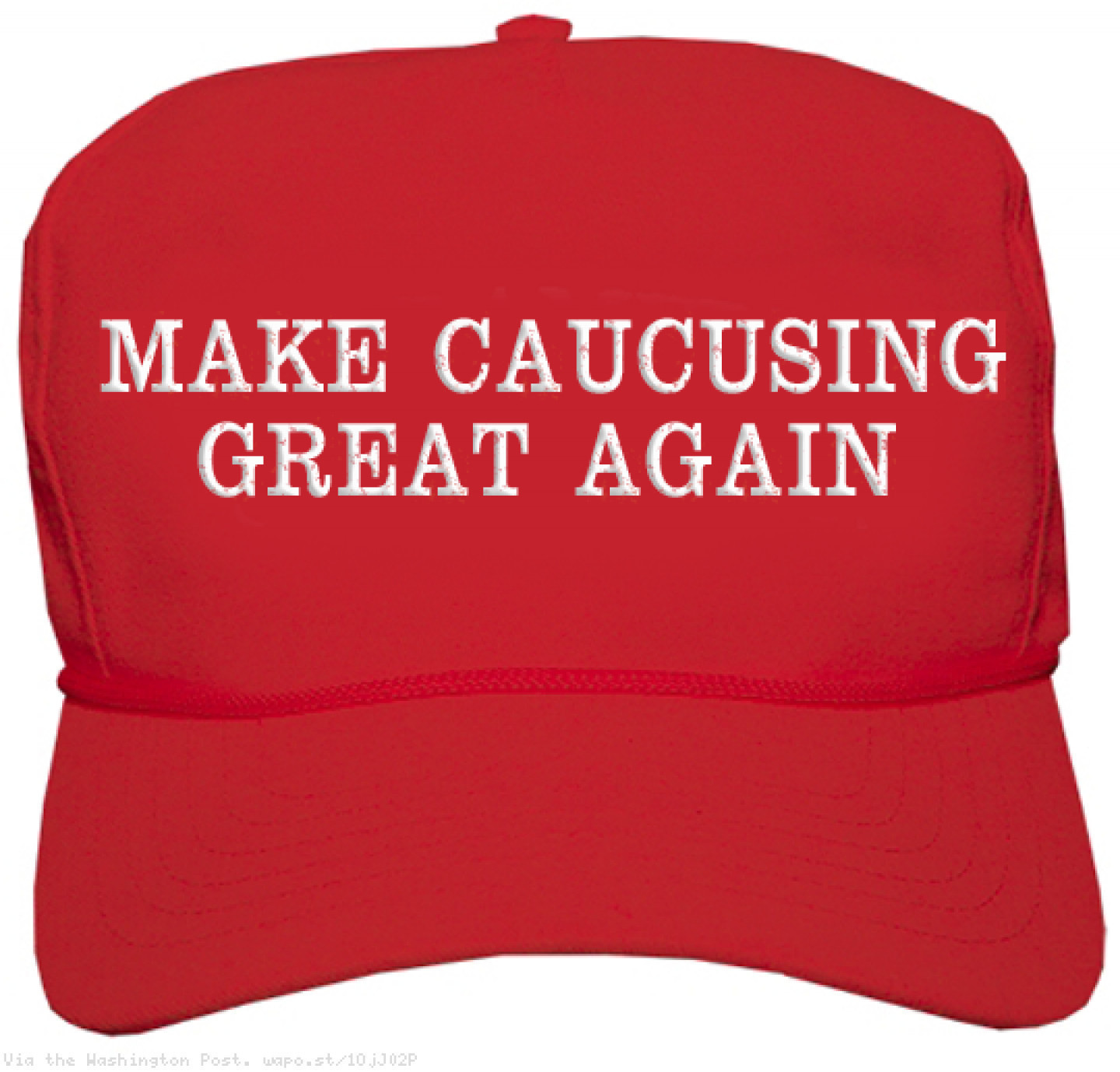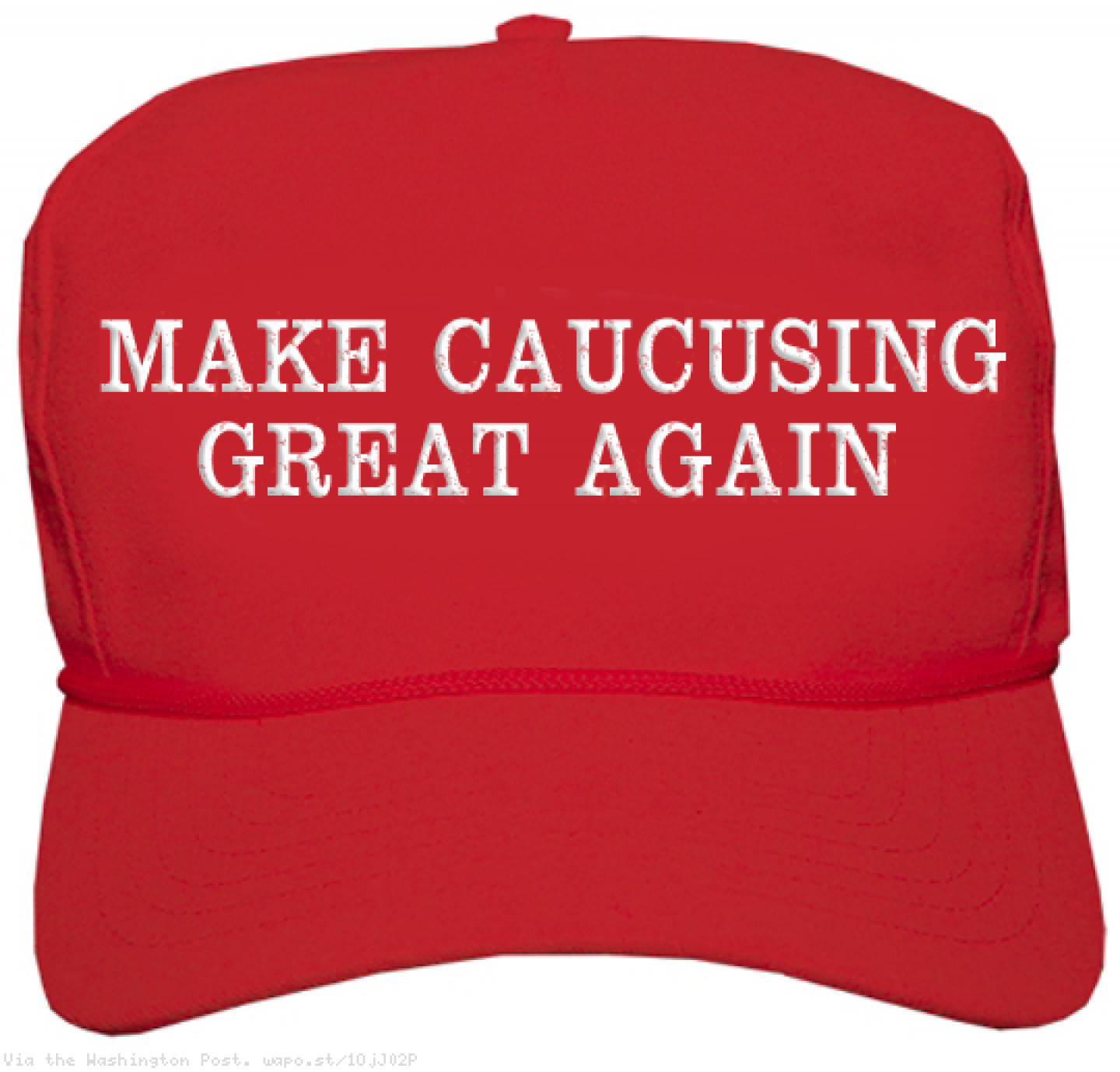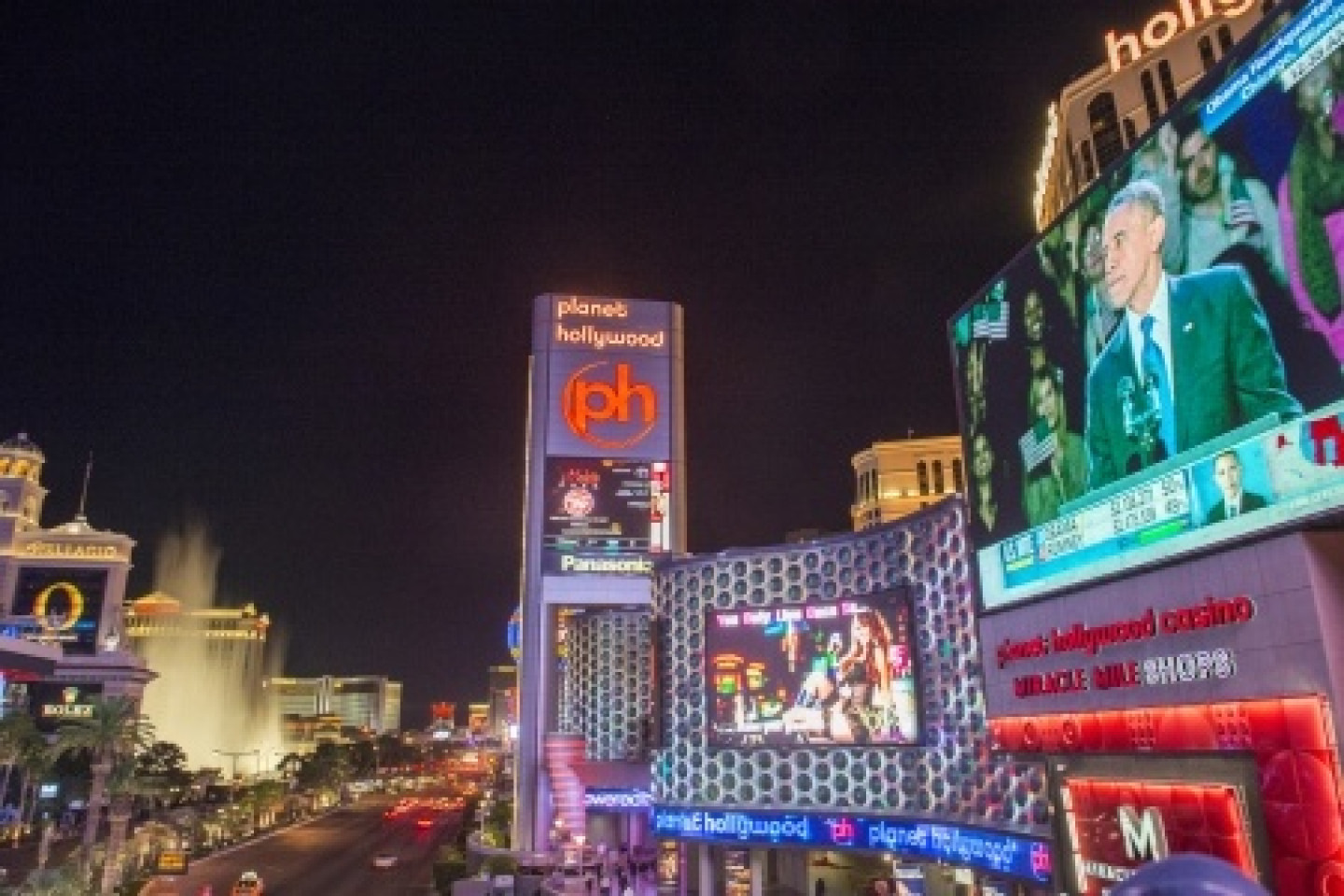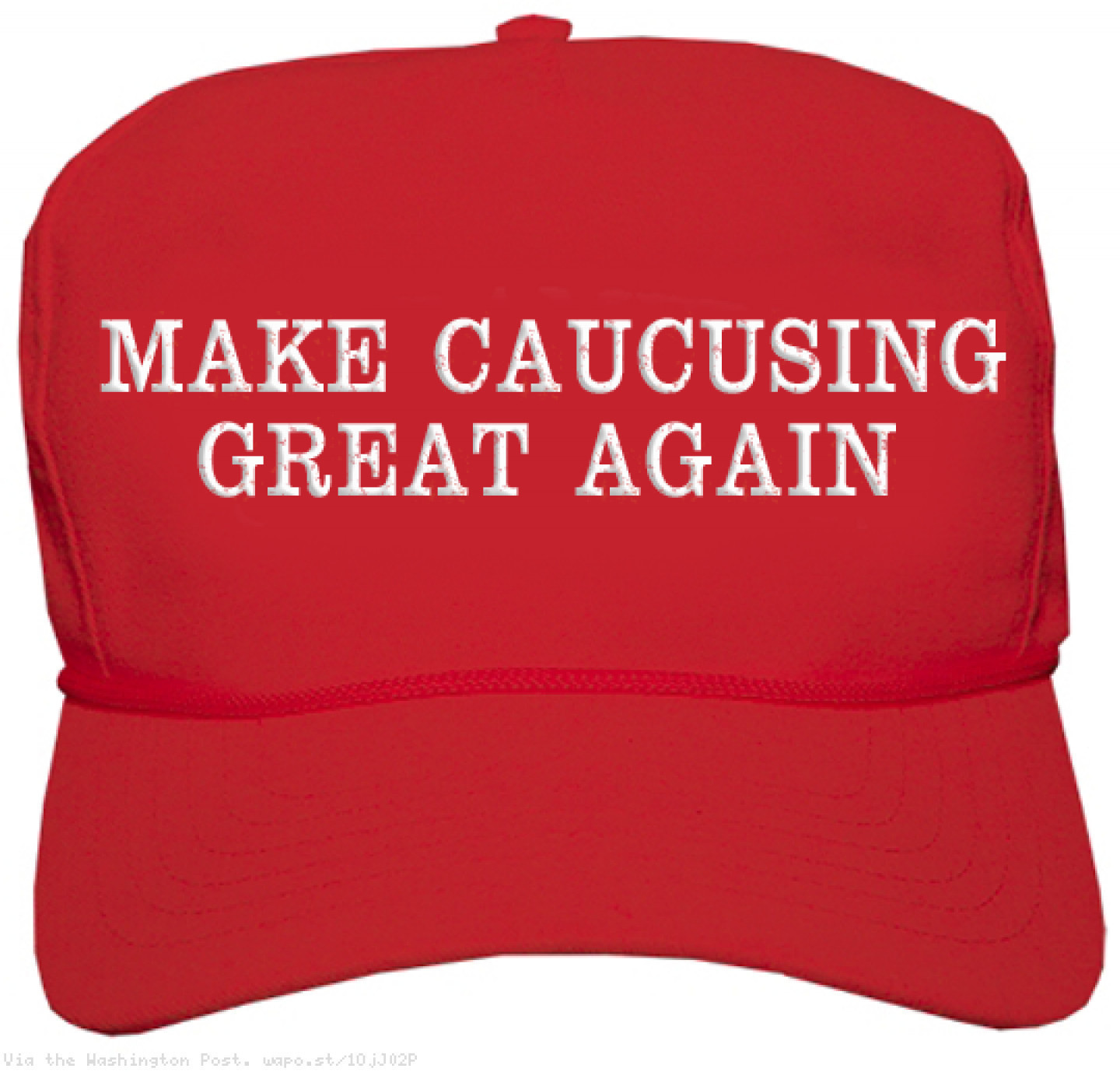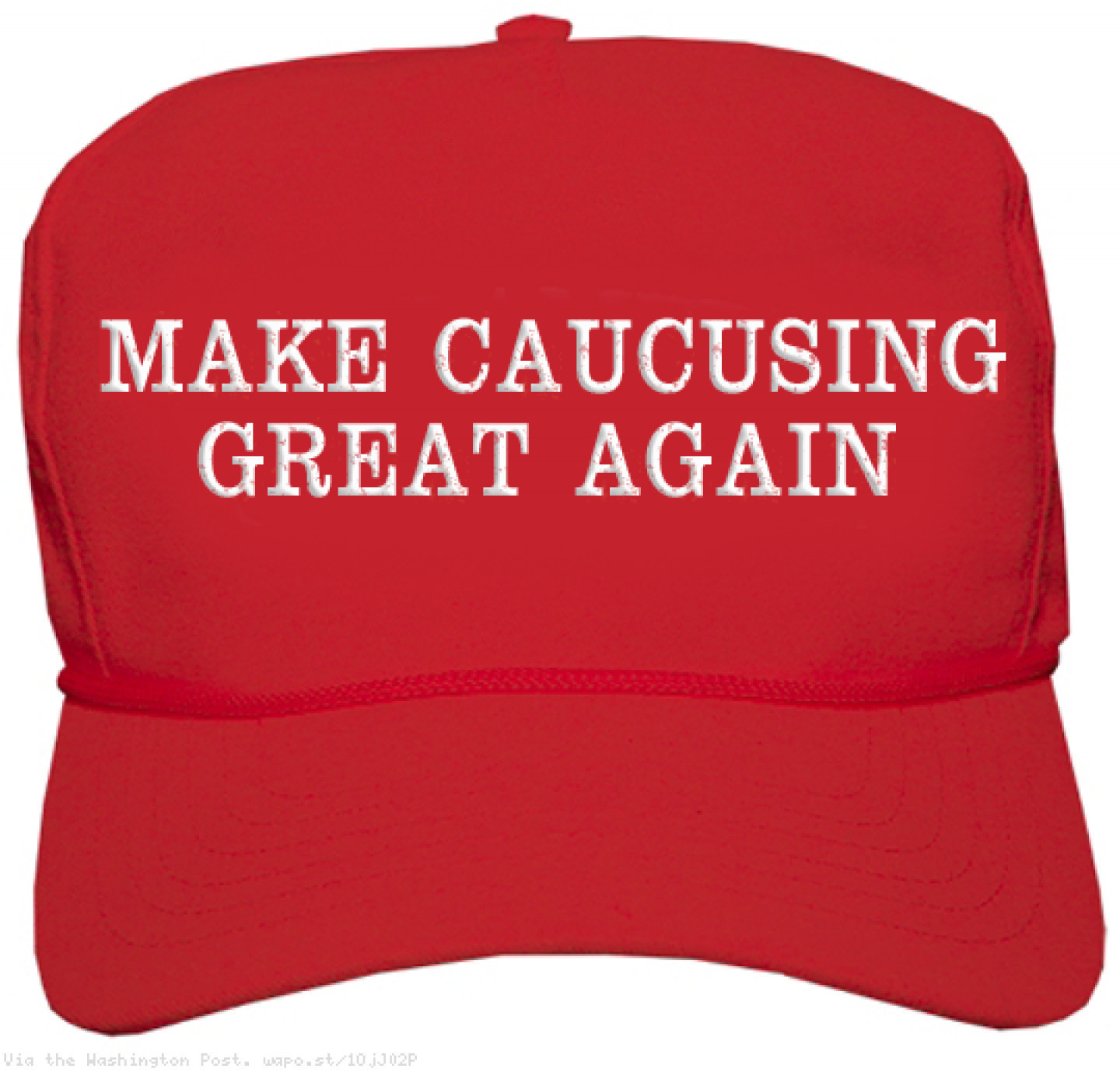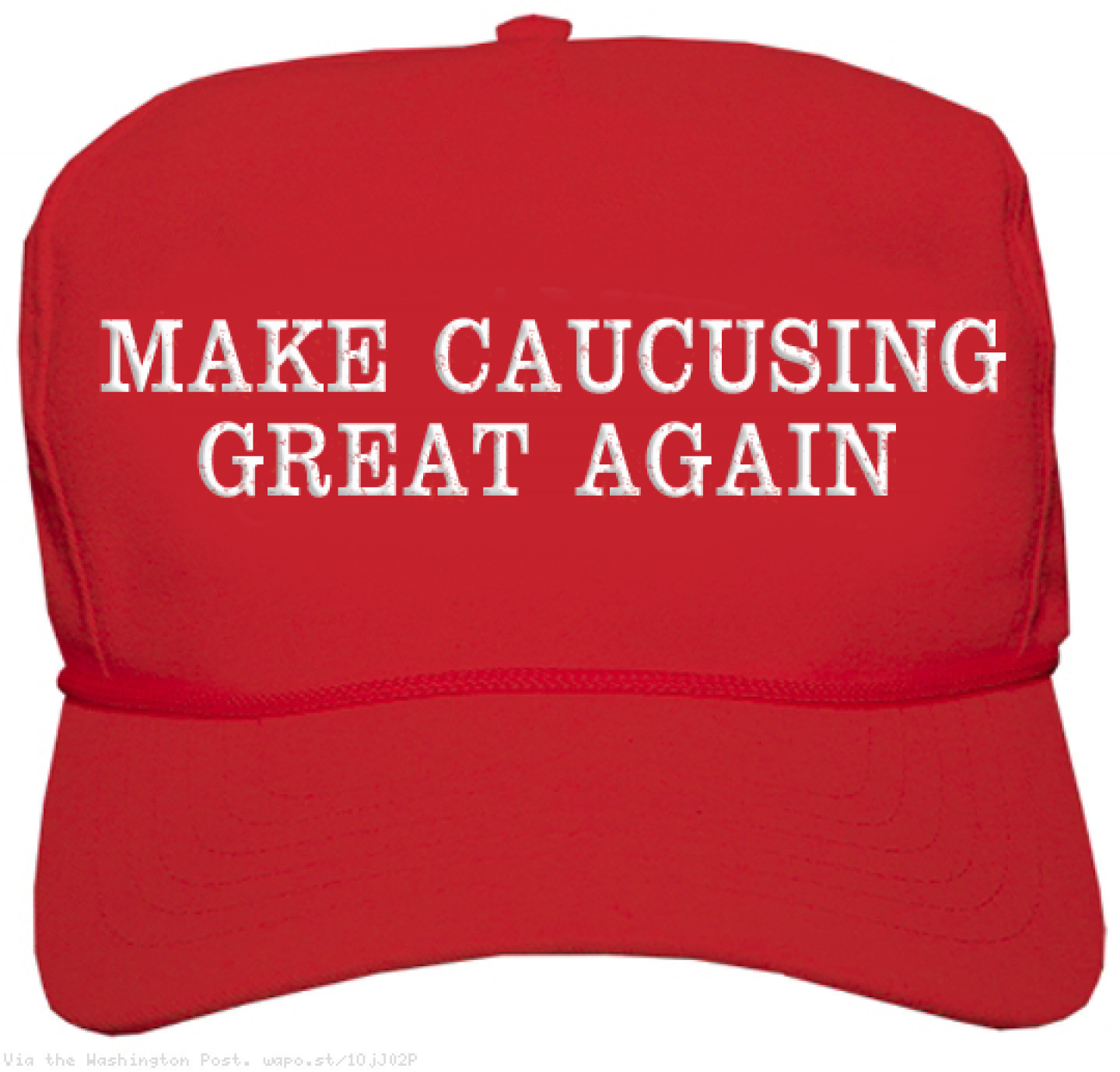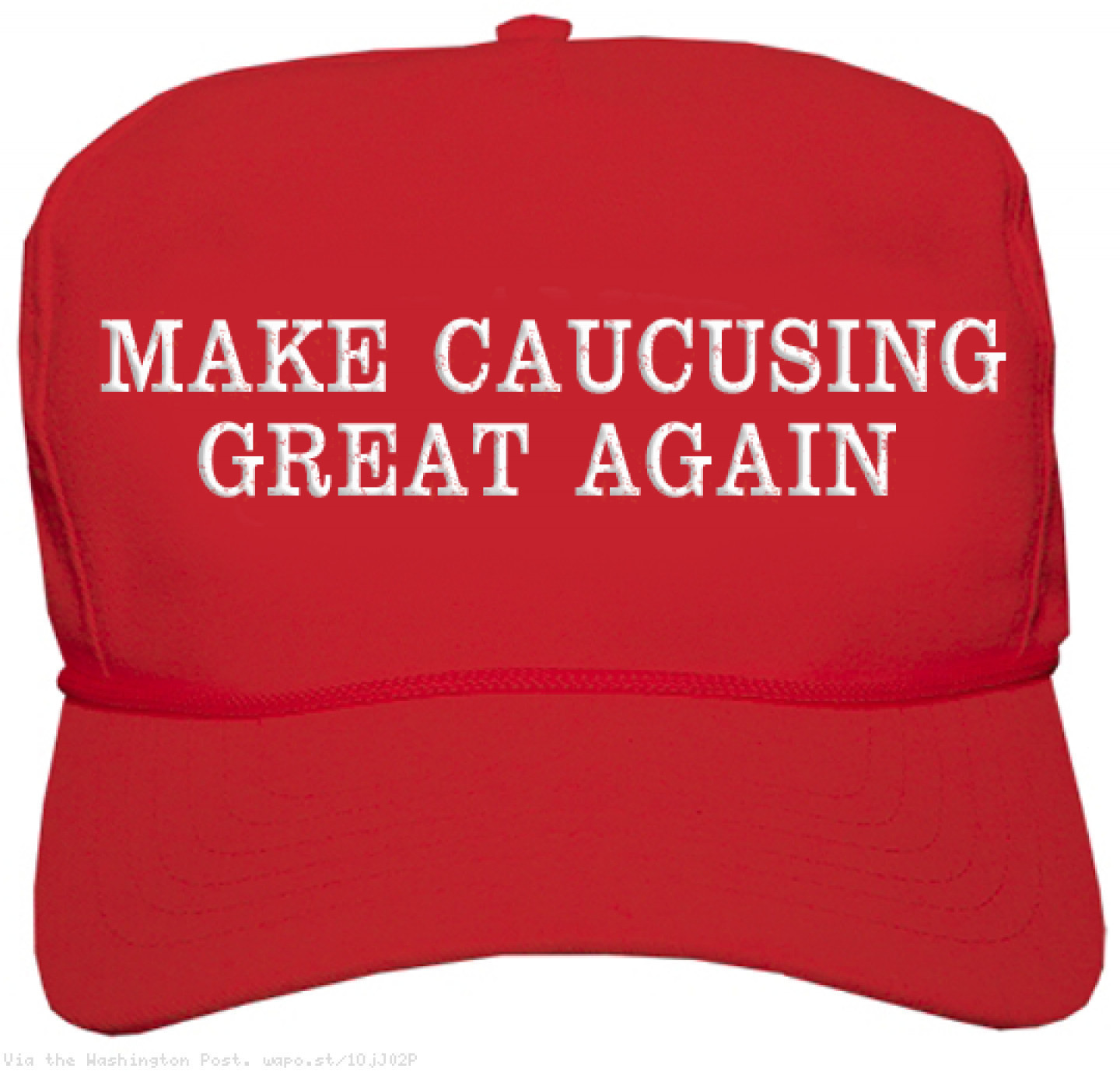A relative of mine went to a show at the Smith Center last weekend, and made the unfortunate decision to walk down Fremont Street after a meal1)This is about 4 p.m. mind you. To say she was horrified by what she saw would be an understatement. It was not even the folks out there panhandling in, what I will call, less-than-clean, costumes of popular children entertainment characters. Her concern was with the Las Vegas street performers (of each gender) panhandling on the street, nearly in the nude. She, reasonably, asked me, “how is this possible?”
Do we have laws forbidding lewd and obscene behavior from Las Vegas street performers? Why would they not apply in our most populated areas of the Valley? Won’t somebody please think of the children?!
A few (not so) obscene definitions
Oxford defines obscene as "(of the portrayal or description of sexual matters) offensive or disgusting by accepted standards of morality and decency."
Oxford defines lewd as “crude and offensive in a sexual way”
As our loyal Clear Counsel Legal Blog readers know, the law definitions differ distinctly from dictionary ones. Let us take a look at how the Nevada Revised Statutes (NRS) define obscene:
NRS 201.235 Definitions.
4. “Obscene” means any item, material or performance which:
(a) An average person applying contemporary community standards would find, taken as a whole, appeals to prurient interest;
(b) Taken as a whole lacks serious literary, artistic, political or scientific value; and
(c) Does one of the following:
(1) Depicts or describes in a patently offensive way ultimate sexual acts, normal or perverted, actual or simulated.
(2) Depicts or describes in a patently offensive way masturbation, excretory functions, sadism or masochism.
(3) Lewdly exhibits the genitals.
The Clark County Code defines obscene using the same language, as does the Las Vegas Municipal Code.
And now, on with the show!
State regulation of the obscene
As I am sure you recall from our previous discussions on Home Rule, the state government of Nevada must expressly delegate legislative authority to the counties/municipalities before the localities are permitted to regulate an area of the law.
The state legislature did just that in NRS 201.239:
NRS 201.239 Power of county, city or town to regulate obscenity.
The provisions of NRS 201.235 to 201.254, inclusive, do not preclude any county, city or town from adopting an ordinance further regulating obscenity if its provisions do not conflict with these statutes. (Added to NRS by 1979, 364)
The state also criminalizes obscene behavior, though as you will see, demarcating the margin between obscene and free expression is quite difficult:
NRS 201.253 Obscene, indecent or immoral shows, acts or performances; penalty.
Except under the circumstances described in NRS 200.710, every person who knowingly causes to be performed or exhibited, or engages in the performance or exhibition of, any obscene, indecent or immoral show, act or performance is guilty of a misdemeanor.
(Added to NRS by 1967, 482; A 1995, 952)
How the County handles the obscene
In case you have not brushed up on your municipal boundaries recently, recall that the Las Vegas Strip is not in Las Vegas but in the unincorporated Clark County 2)really Paradise Township, which is governed by the County. Let us take a look to see how the County regulates the obscene:
Clark County Code 12.20.020 Materials and acts unlawful.
It is unlawful for any person to knowingly:
(a) Print, copy, manufacture, prepare, produce or reproduce any obscene item for purposes of sale or commercial distribution;
(b) Publish, sell, rent, transport in intrastate commerce, or commercially distribute or exhibit any obscene item, or hold any obscene exhibition or performance, or offer to do any such things;
(c) Have in his possession with intent to sell, rent, transport or commercially distribute any obscene item;
(d) Write or create advertising or solicit anyone to publish such advertising or otherwise promote the sale or distribution or exhibition of matter represented or held out by him to be obscene;
(e) Place, mark, post, draw or cause to be placed, posted, marked or drawn upon any fence, billboard, building, door, wall, pavement or other surface exposed to public view, any obscene, indecent, or profane word, picture representation or drawing. (emphasis added)
If being almost (or completely) nude is considered obscene, then subsection (b) would likely apply and Metro would have the statutory authority to invite the nudists to leave. As we will see here in a little bit, Metro has become a bit trigger-shy3)talk about a pun in poor taste in arresting people at the behest of the Strip hotels4)at least for trespassing outside the hotels proper. They have developed5)smartly a policy of checking with the district attorney before arresting anyone for trespassing outside of the Strip hotels. Given that the code ordinance is ambiguous, Metro is unlikely to remove so-called trespassers until given the legal go-ahead from the DA.
Let us see if the rules for Fremont Street in Las Vegas are any different.
How obscene is the Las Vegas municipal code?
Beyond copying the state definition of obscene, Las Vegas defines and criminalizes lewd behavior:
10.40.050 - Lewd exposure.
Every person who wilfully(sic)6)Providence willing, this is a typo in the municipal code website and the actual code spells willfully correctly and lewdly either exposes his person or the private parts thereof in any public place, or in any place where there are present other persons to be offended or annoyed thereby; or procures, counsels or assists any person to expose himself, or to take part in or make any exhibition of himself to public view, or to the view of any number of persons, such as is offensive to decency, or is adapted to excite vicious or lewd thoughts or acts, is guilty of a misdemeanor.(emphasis added)
(Ord. 178 § 5, 1931: prior code § 6-1-20)
Note that this ordinance has been in effect, unchanged since 1931. Also note the underlined portions above, a la when gendered writing goes wrong. By not writing the code with gender neutral language7)who knows, perhaps women were not even allowed in Las Vegas in 1931..I kid our ancestors!, the city only outlaws lewdness by men! Thanks sexism!
How much of a sexual organ needs to be exposed until the act is lewd? A quick walk down Fremont between 3rd and 6th and you will see folks wearing about as little clothing as possible8)I will let your imagination fill in the details. The Las Vegas Municipal Code, like the one for Clark County, suffers from an ambiguity that is almost impossible for Metro to enforce. For giggles, take a look at what the city can enforce clearly:
10.40.030 - Profane, vile or obscene language.
The use of profane, vile or obscene language or words upon the public streets, alleys, or highway of the City is prohibited.
(Ord. 6 § 1, 1911: prior code § 6-1-28)
11.68.100 - Prohibited—Special conditions.
(A) The following are prohibited within the Pedestrian Mall:
(1) Parades;
(2) Sleeping or camping;
(3) Littering;
(4) Sexually oriented businesses as described in Section 19.04.040;9)Title 19 of the Las Vegas Municipal Code is no longer in effect, once someone from the city responds to my inquiry as to the definition of “sexually oriented business,” I will pass it along
(5) Feeding birds; and
(6) Solicitation by coercion, as defined in Section 10.44.010.
(B) The following are prohibited within the Pedestrian Mall, except under the conditions stated:
(1) Animals, unless used in connection with a mall activity authorized by The Fremont Street Experience Limited Liability Company or used for the purpose of assisting the visually or aurally impaired;
(2) Mall vending, special events or other commercial activities, unless such activities are conducted by or on behalf of The Fremont Street Experience Limited Liability Company;
(3) The use of unicycles, bicycles and other types of cycles, skateboards, roller skates, in-line skates, hula hoops larger than four feet in diameter, and shopping carts, except as authorized by The Fremont Street Experience Limited Liability Company in connection with special events and mall entertainment;
That is quite the list of prohibited activities; in subsection (B)(3) of the ordinance above note how the city council even regulates the maximum size of a hula-hoop. If the city can regulate the plethora of activities listed above, how are the nearly nude street performers exempt? Oh, what a loaded question.
Las Vegas street performers, sidewalks, and the 1st Amendment
And here you thought we were going to talk about costumed folks and local ordinances. The city/county’s hotels have quite the history of preventing folks from performing/demonstrating on their sidewalks, only to be sued (or sue) and find out that the federal courts with jurisdiction over Nevada will not permit an all-out ban of folks that the properties do not desire outside of their establishments.
The 9th Circuit Court of Appeals held in 2001 that the sidewalks outside of the hotels in Las Vegas are public forums, and therefore, subject to the protections of the Bill of Rights of the U.S. Constitution10)The Venetian Hotel sued the Clark County government in an effort to get Metro to arrest the [more than 1,000] Culinary Union representatives protesting outside of the hotel. The Court was not persuaded by the Venetian’s arguments. Venetian Casino Resort, L.L.C. v. Local Joint Exec. Bd. of Las Vegas, 257 F.3d 937, 948 [9th Cir. 2001] Read the case here. In 2011, the Venetian was back in federal court, this time being sued by Zorro11)obviously not the fictional character, but by a street performer that would dress up as Zorro and play-swordfight with tourists for tips. The Venetian claimed that Zorro did not have right to perform on the sidewalk outside of the hotel. The Court disagreed. “This Court and the Ninth Circuit already have ruled that the sidewalk in front of the Venetian is a public sidewalk and Venetian Defendants have no right to exclude members of the public from the public sidewalk.”12)Perez-Morciglio et al v. Las Vegas Metropolitan Police Department et al No. 2:2010cv00899 - Document 119 [D. Nev. 2011] Read the case here.
Now that we know that the sidewalks outside the casinos are public forums, the analysis really start to get exciting. We will now attempt to resolve if the city or county is permitted to pass an ordinance forbidding certain types of obscene or lewd street performances.
When is the government permitted to regulate speech?
In United States v. O’Brien13)391 U.S. 367 [1968] Read the case here , Mr. O’Brien was arrested for burning his Selective Service registration during a public war protest. He contended that the law applied to arrest him violated his First Amendment rights to free speech and expression. The Warren Court held that the law passed Constitutional muster, and provided the four part test to evaluate if a regulation preventing speech was constitutional:
[W]e think it clear that a government regulation is sufficiently justified if it is within the constitutional power of the Government; if it furthers an important or substantial governmental interest; if the governmental interest is unrelated to the suppression of free expression, and if the incidental restriction on alleged First Amendment freedoms is no greater than is essential to the furtherance of that interest.14)Id. at 377.
I want to call attention to the last clause of the Warren opinion. In essence, any regulation of content-neutral speech15)if the government attempts to censor specific types of speech, the analysis is much tougher, called strict scrutiny. The analysis above for content-neutral speech is considered to be intermediate scrutiny. If all these terms seem a bit arbitrary to you, do not feel alone. must be narrowly tailored to meet the government interest cited as the first factor. What does that mean with respect to our street performers? The city/county may not outright ban all street performers as a means to prevent the publicly obscene. So we can strike that idea.
In Barnes v. Glen Theatre, Inc.16)501 U.S. 560 [1991] Read the case here , The Rehnquist Court held that an Indiana statute requiring adult entertainers to “don pasties and g-strings” did not violate the 1st Amendment’s right to free expression:
Presumably numerous other erotic performances are presented at these establishments and similar clubs without any interference from the state, so long as the performers wear a scant amount of clothing. Likewise, the requirement that the dancers don pasties and a G-string does not deprive the dance of whatever erotic message it conveys; it simply makes the message slightly less graphic. The perceived evil that Indiana seeks to address is not erotic dancing, but public nudity. The appearance of people of all shapes, sizes and ages in the nude at a beach, for example, would convey little if any erotic message, yet the state still seeks to prevent it. Public nudity is the evil the state seeks to prevent, whether or not it is combined with expressive activity…The fourth part of the O'Brien test requires that the incidental restriction on First Amendment freedom be no greater than is essential to the furtherance of the governmental interest. As indicated in the discussion above, the governmental interest served by the text of the prohibition is societal disapproval of nudity in public places and among strangers. The statutory prohibition is not a means to some greater end, but an end in itself. It is without cavil that the public indecency statute is "narrowly tailored;" Indiana's requirement that the dancers wear at least pasties and a G-string is modest, and the bare minimum necessary to achieve the state's purpose.17)Id. at 571-572(emphasis added)
So at least we know that governments may regulate public nudity without it being prima facie18)Latin for 'at first appearance' unconstitutional. Or at least we thought so until the court granted certiorari19)meaning when I higher court requests the records of a lower court case to adjudicate an appeal to similarly situated plaintiffs/defendants from Pennsylvania.
Erie v. Pap's A. M.
Erie, PA read the Barnes case above and modeled their own prohibition against public nudity after the law approved of by the Court in that case. Kandyland20)yes, the real name of the club contended that the law violated their First Amendment rights. The Court disagreed:21)though by no means unanimously; the justices were able to form a plurality holding up the Erie statute, but could not agree as to why it was constitutional
Being "in a state of nudity" is not an inherently expressive condition. As we explained in Barnes , however, nude dancing of the type at issue here is expressive conduct, although we think that it falls only within the outer ambit of the First Amendment's protection…The fact that this sort of leeway is appropriate in a case involving conduct says nothing whatsoever about its appropriateness in a case involving actual regulation of First Amendment expression. As we have said, so long as the regulation is unrelated to the suppression of expression, [t]he government generally has a freer hand in restricting expressive conduct than it has in restricting the written or spoken word. (internal quotations omitted) 22)529 U.S. 277; 120 S. Ct. 1382 [2000] Read the case here
So although the court has affirmed twice now that municipalities may prohibit public nudity, it is only when the nudity is for profit and not political. You are probably thinking now that this is clear, the city and county should pass ordinances that prohibit lewd dress in public and all will be ok. I am not done with the caveats just yet.
What if, instead of dressing in a provocative manner for tips, the street performers were nude, or nearly nude in the name of political protest.23)Celebrities such as Chelsea Handler, Miley Cyrus, and Chrissy Teigen have all been posted topless photos of themselves in protest of the double standards for men and women..sorry, no links This would certainly qualify as nudity as an expressive condition, and it would be much more difficult for the city or county to codify ordinances against it.
So is there no solution?
Well, if you were patient enough to get through that discussion, and then we got to the end and I told you, “sorry, better luck next time,” I cannot imagine that you would come back and see me again.
Why is this important? First, there are children downtown and on the strip and parents have enough to worry about with the plethora smut cards being handed out. Second, in response to folks that say “yeah, well, that is what happens downtown, if you do not like it, stay away,” I say that lots of folks visit Las Vegas for the first time, from all over the world24)with different levels of comfort with respect to modesty and as good hosts we should at least attempt to make as many of them as comfortable as possible. But at the same time, the free expression cases are important and need to be respected.
Can we balance the countervailing interests?
Perhaps. A few of ideas:
- Require Las Vegas street performers to obtain a license from the county25)hopefully not for a large fee. Las Vegas requires all adult club employees to obtain a work card26)Las Vegas Municipal Code 6.35.080; it does not seem reasonable that the folks working on the street should not be held to the same standard. Whatever health or safety presupposition that motivated the work card law should also apply to the street performers. Additionally, lots of the costumed folks deal with kids; we certainly have sufficient justification to have them register with the city. God forbid something horrific happen like in Times Square. A drop in the number of tourists will directly impact our casino workers, particularly those on the extra board.
- If there happens to be folks that perform in the nude as a political statement, we can allocate public areas as “free speech zones” like many college campuses currently have. It allows the opportunity for free expression while the city can protect the public morals.
- Prohibit children downtown on Fremont Street. That allows folks that want to perform in an adult manner a safe space to do so, while it makes clear the first-time tourists and families that they should use caution when going downtown.27)I cannot imagine the downtown Las Vegas project will like this idea very much. However, the strip brings in too much revenue for it to go child-free.
- Allow adult-oriented street performances only after a certain time of night. Perhaps it could align with the city and county curfew?
I am not contending that any of these ideas are perfect regarding Las Vegas street performers, but one (or more) might be preferable to the status-quo. Leave a comment with your thoughts! Thanks for reading.
More resources for your perusal:
Footnotes
| ↑1 | This is about 4 p.m. mind you |
|---|---|
| ↑2 | really Paradise Township, which is governed by the County |
| ↑3 | talk about a pun in poor taste |
| ↑4 | at least for trespassing outside the hotels proper |
| ↑5 | smartly |
| ↑6 | Providence willing, this is a typo in the municipal code website and the actual code spells willfully correctly |
| ↑7 | who knows, perhaps women were not even allowed in Las Vegas in 1931..I kid our ancestors! |
| ↑8 | I will let your imagination fill in the details |
| ↑9 | Title 19 of the Las Vegas Municipal Code is no longer in effect, once someone from the city responds to my inquiry as to the definition of “sexually oriented business,” I will pass it along |
| ↑10 | The Venetian Hotel sued the Clark County government in an effort to get Metro to arrest the [more than 1,000] Culinary Union representatives protesting outside of the hotel. The Court was not persuaded by the Venetian’s arguments. Venetian Casino Resort, L.L.C. v. Local Joint Exec. Bd. of Las Vegas, 257 F.3d 937, 948 [9th Cir. 2001] Read the case here |
| ↑11 | obviously not the fictional character, but by a street performer that would dress up as Zorro and play-swordfight with tourists for tips |
| ↑12 | Perez-Morciglio et al v. Las Vegas Metropolitan Police Department et al No. 2:2010cv00899 - Document 119 [D. Nev. 2011] Read the case here |
| ↑13 | 391 U.S. 367 [1968] Read the case here |
| ↑14 | Id. at 377 |
| ↑15 | if the government attempts to censor specific types of speech, the analysis is much tougher, called strict scrutiny. The analysis above for content-neutral speech is considered to be intermediate scrutiny. If all these terms seem a bit arbitrary to you, do not feel alone. |
| ↑16 | 501 U.S. 560 [1991] Read the case here |
| ↑17 | Id. at 571-572 |
| ↑18 | Latin for 'at first appearance' |
| ↑19 | meaning when I higher court requests the records of a lower court case to adjudicate an appeal |
| ↑20 | yes, the real name of the club |
| ↑21 | though by no means unanimously; the justices were able to form a plurality holding up the Erie statute, but could not agree as to why it was constitutional |
| ↑22 | 529 U.S. 277; 120 S. Ct. 1382 [2000] Read the case here |
| ↑23 | Celebrities such as Chelsea Handler, Miley Cyrus, and Chrissy Teigen have all been posted topless photos of themselves in protest of the double standards for men and women..sorry, no links |
| ↑24 | with different levels of comfort with respect to modesty |
| ↑25 | hopefully not for a large fee |
| ↑26 | Las Vegas Municipal Code 6.35.080 |
| ↑27 | I cannot imagine the downtown Las Vegas project will like this idea very much. However, the strip brings in too much revenue for it to go child-free. |
